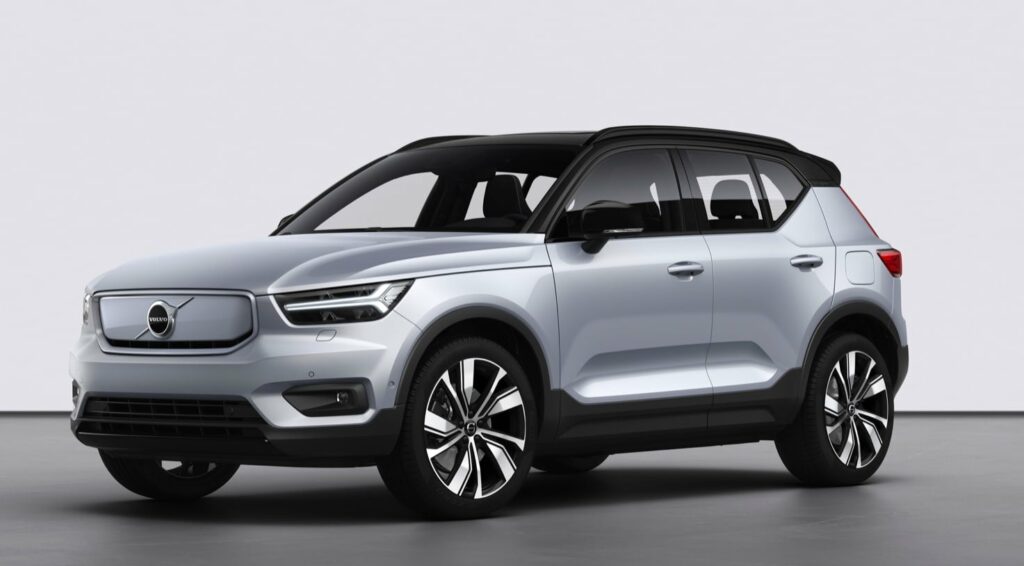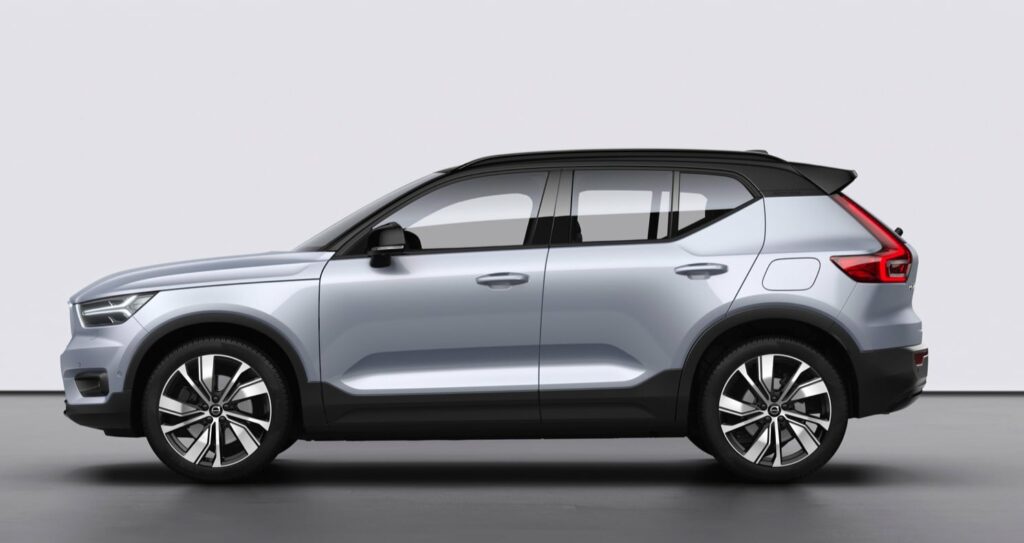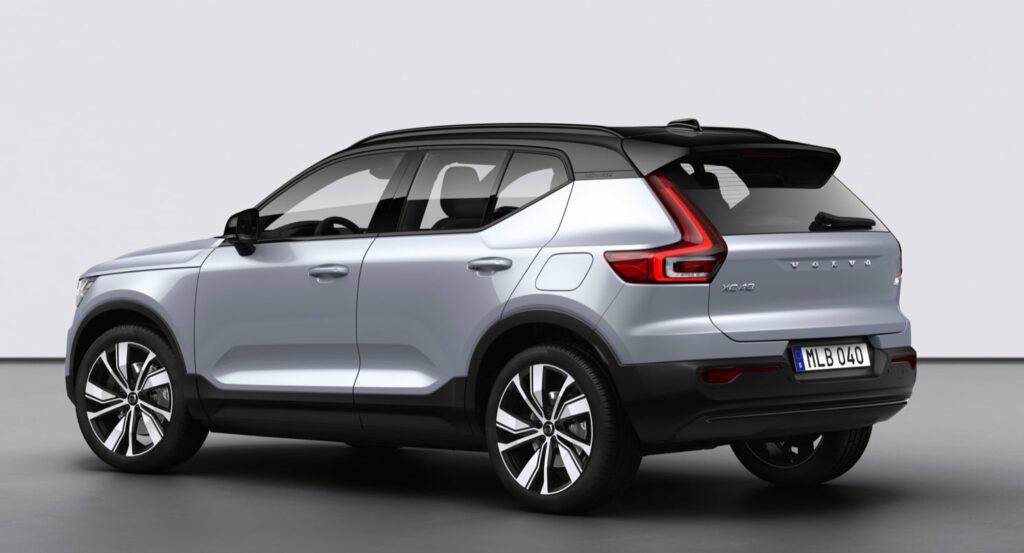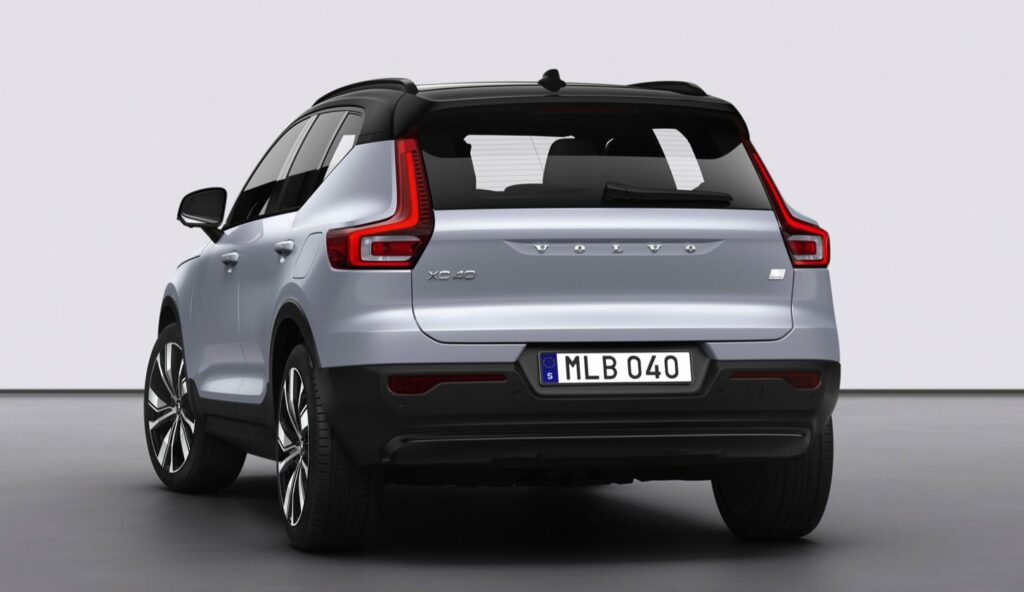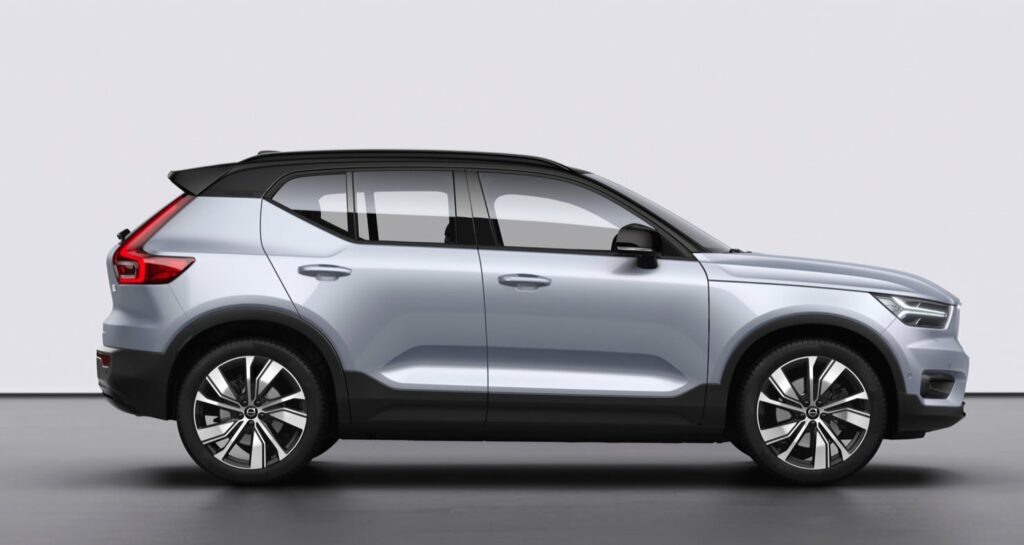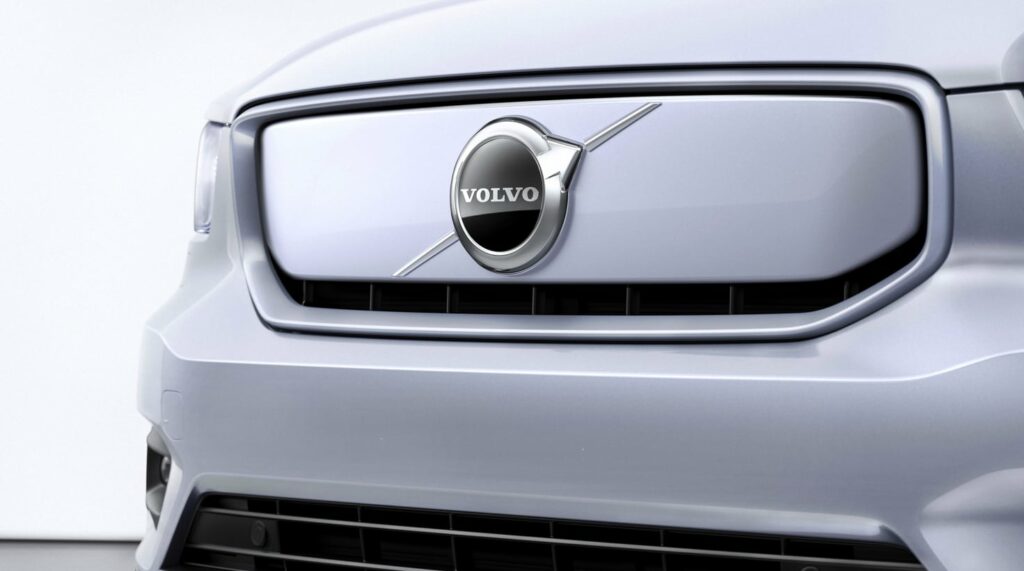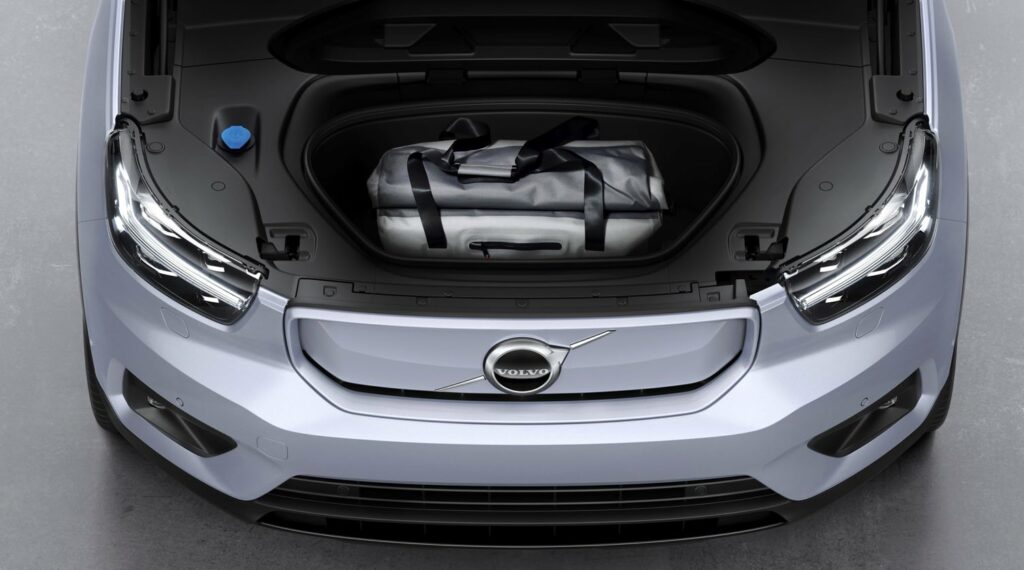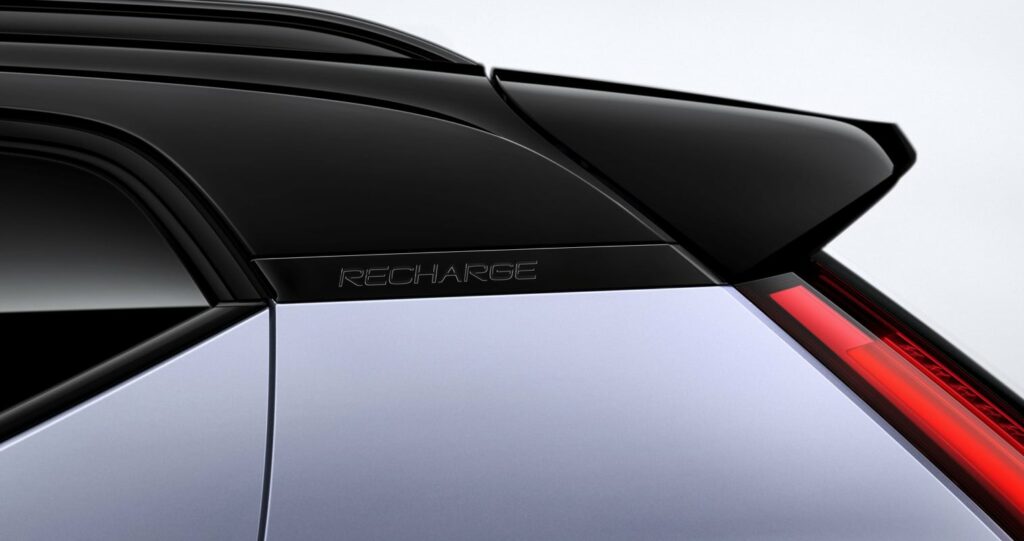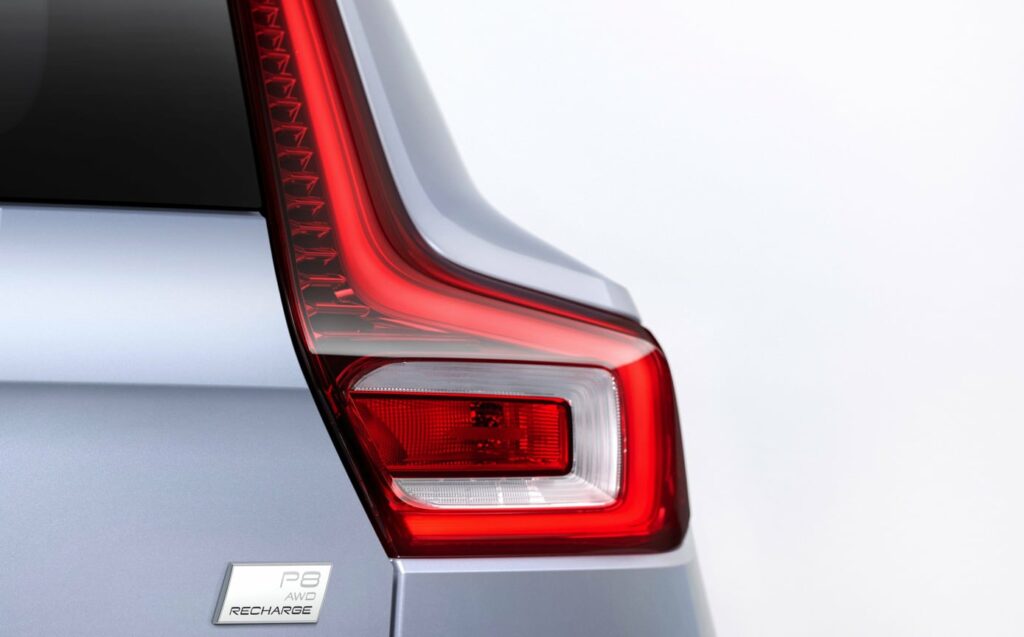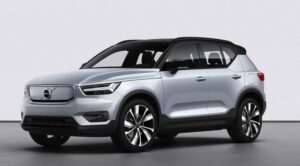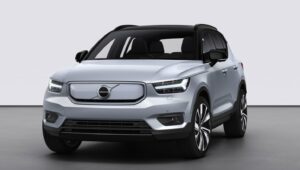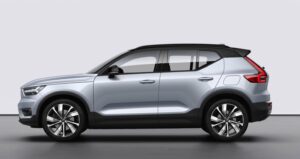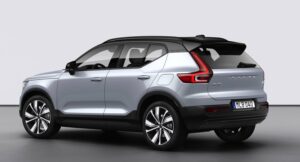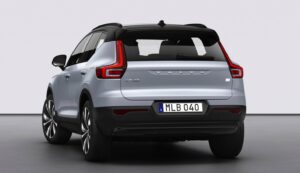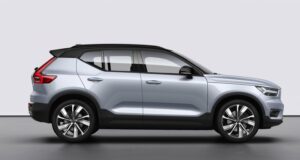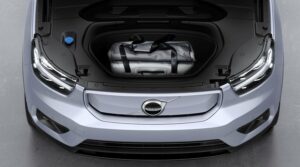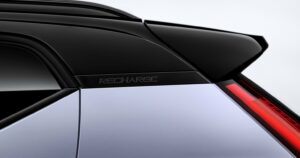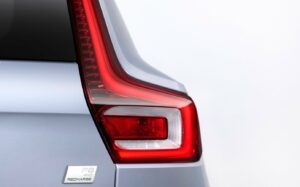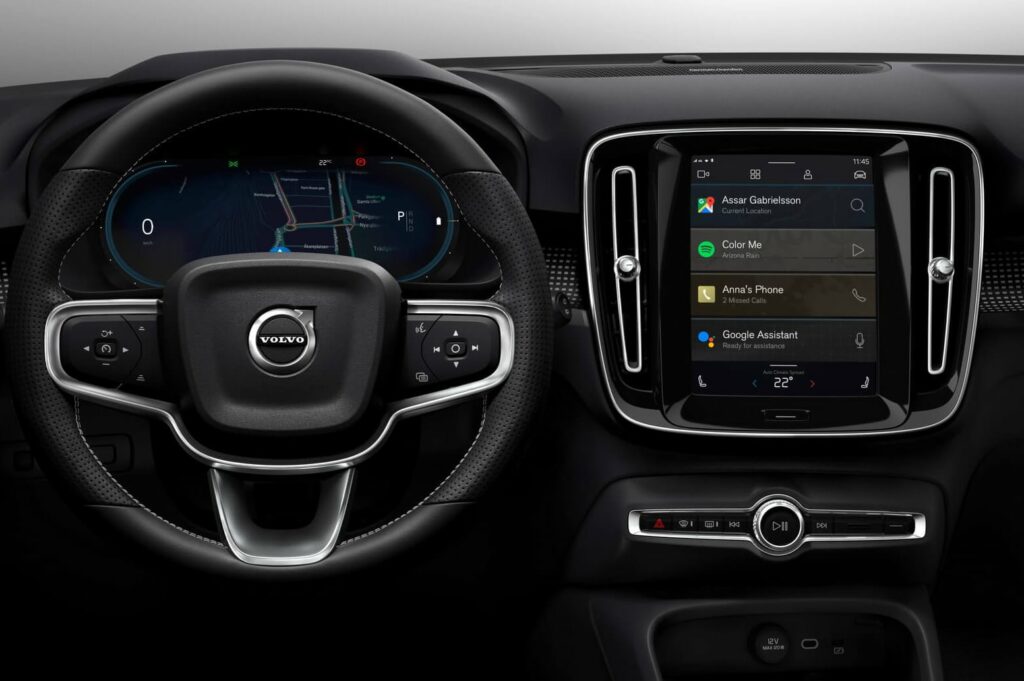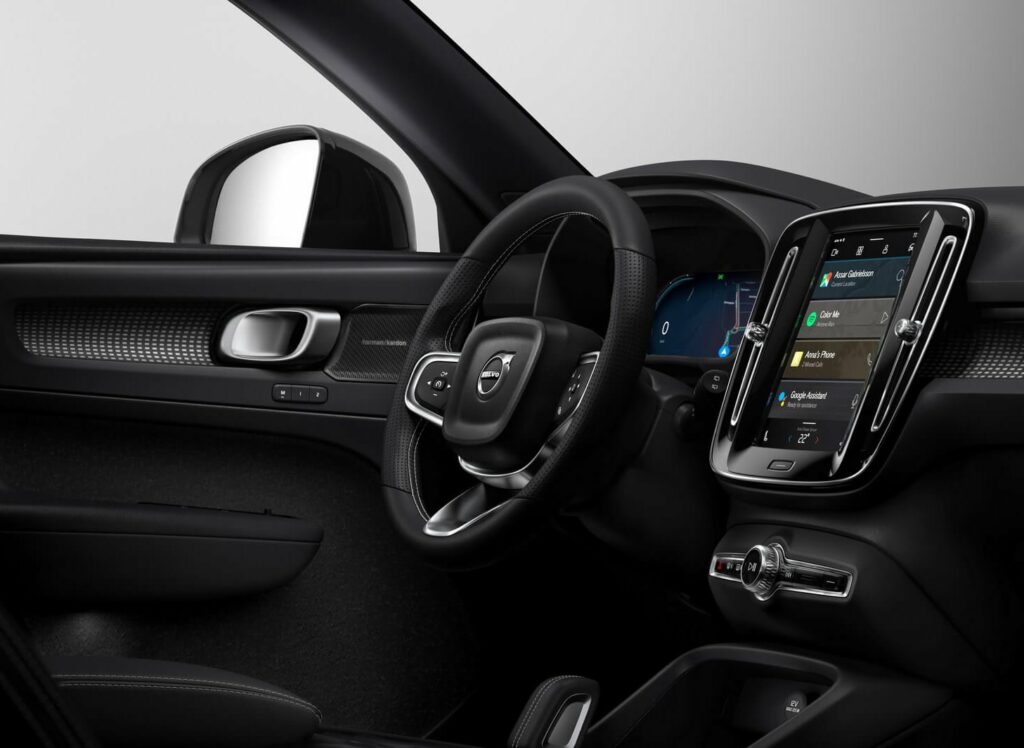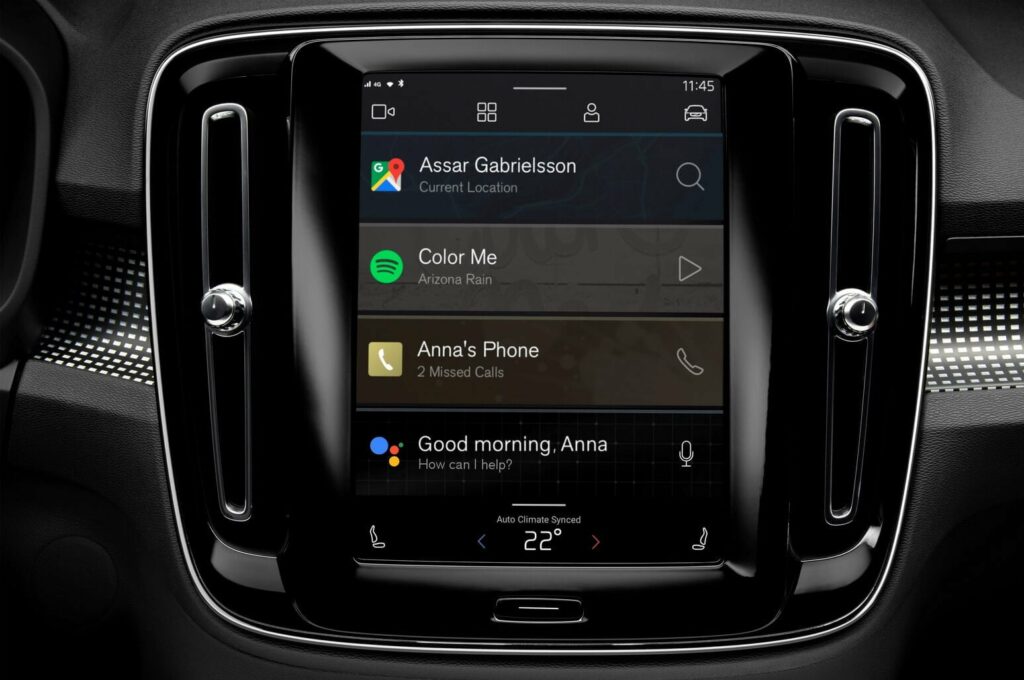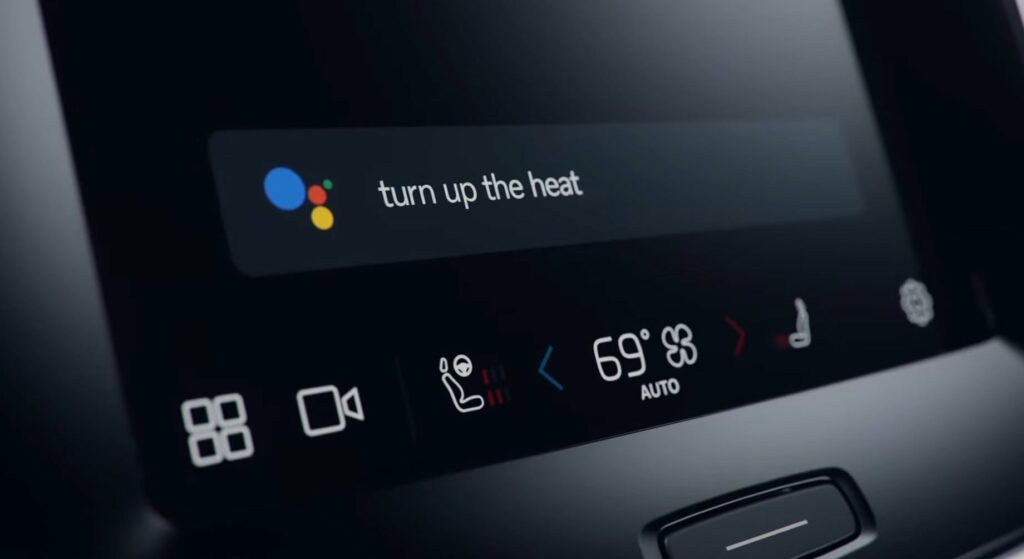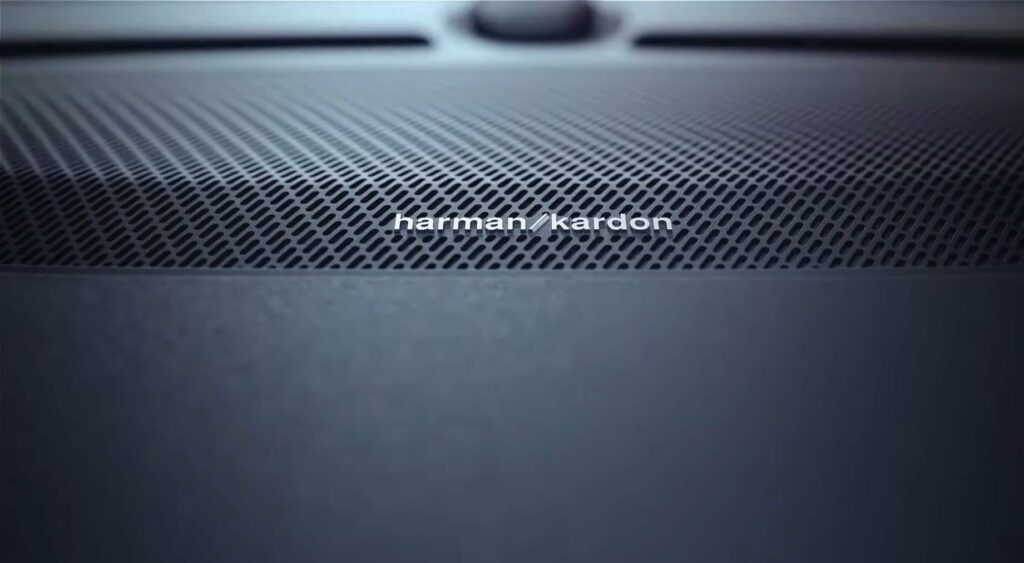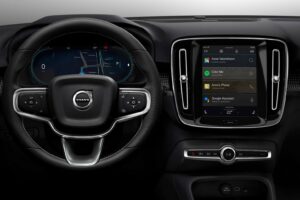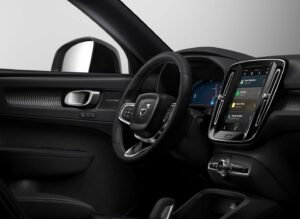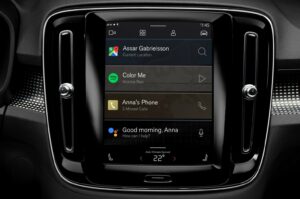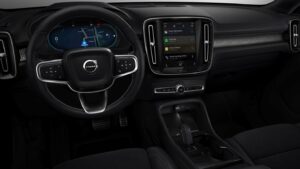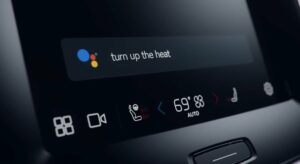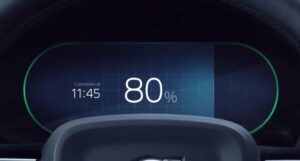Volvo XC40 Recharge Pure Electric
The Volvo XC40 Recharge Pure Electric is an all-electric version of the popular XC40 compact SUV. It is powered by a single electric motor of 170 kW, 330 Nm, and provides the all-wheel drive. The XC40 Recharge Pure Electric is equipped with a large 70 kWh battery pack that provides a range of up to 315 km on a single charge.
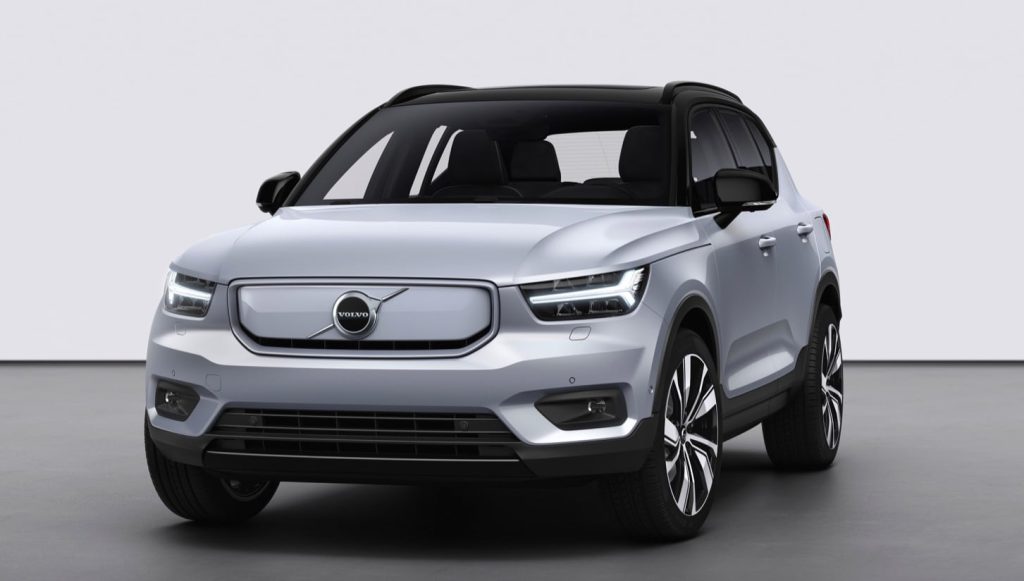
The XC40 Recharge Pure Electric can be charged with a standard Level 2 charger that takes about 8 hours to fully charge, or with a DC fast charger that can charge the battery to 80% in just 40 minutes. The car also features regenerative braking, which recovers energy normally lost during braking and uses it to recharge the battery.
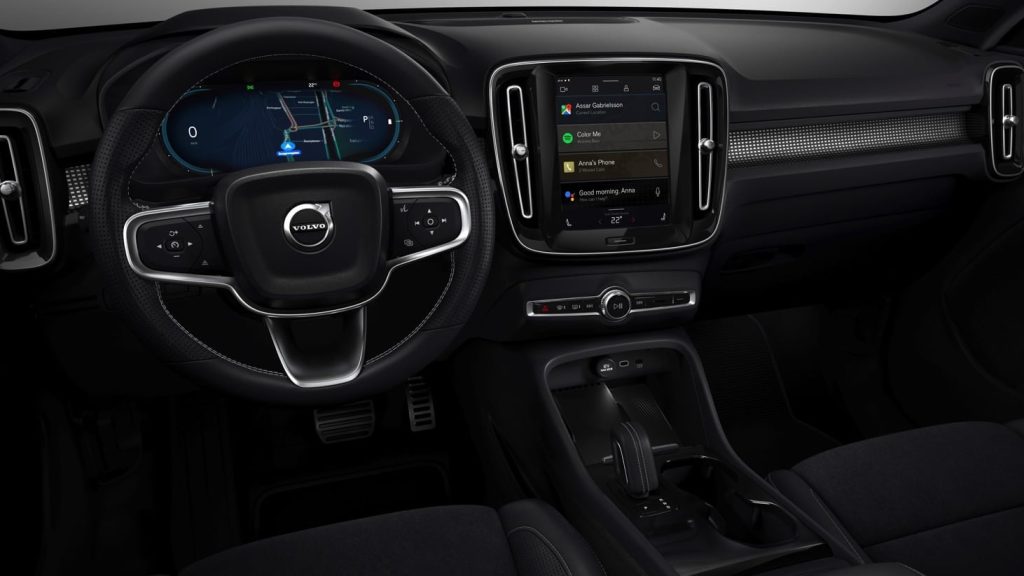
Inside, the XC40 Recharge Pure Electric has a spacious and luxurious interior with many advanced technological features. The car features a 9-inch touchscreen infotainment system with Apple CarPlay and Android Auto support, as well as a 12.3-inch digital dashboard display. Other standard features include a panoramic sunroof, power liftgate, and a suite of advanced safety systems such as adaptive cruise control, lane departure warning, and automatic emergency braking.
Overall, the Volvo XC40 Recharge Pure Electric is a high-performance electric SUV with plenty of range and a host of advanced features. It is a great choice for drivers who want an environmentally friendly vehicle without sacrificing luxury and performance.
| Performance | |
| Acceleration 0 – 100 km/h | 7.4 sec |
| Top Speed | 160 km/h |
| Electric Range | 315 km |
| Total Power | 170 kW (231 PS) |
| Total Torque | 330 Nm |
| Drive | Front |
| Battery and Charging | |
| Battery Capacity | 70.0 kWh |
| Battery Useable | 67.0 kWh |
| Europe | |
| Charge Port | Type 2 |
| Port Location | Left Side – Rear |
| Charge Power | 11 kW AC |
| Charge Time (0->315 km) | 7h15m |
| Charge Speed | 44 km/h |
| Fastcharge Port | CCS |
| FC Port Location | Left Side – Rear |
| Fastcharge Power (max) | 150 kW DC |
| Fastcharge Time (32->252 km) | 33 min |
| Fastcharge Speed | 400 km/h |
| Energy Consumption | |
| EVDB Real Range | |
| Range | 315 km |
| Vehicle Consumption | 213 Wh/km |
| CO2 Emissions | 0 g/km |
| Vehicle Fuel Equivalent | 2.4 l/100km |
| WLTP Ratings (TEL) | |
| Range | 423 km |
| Rated Consumption | 187 Wh/km |
| Vehicle Consumption | 158 Wh/km |
| CO2 Emissions | 0 g/km |
| Rated Fuel Equivalent | 2.1 l/100km |
| Vehicle Fuel Equivalent | 1.8 l/100km |
| WLTP Ratings (TEH) | |
| Range | 414 km |
| Rated Consumption | 197 Wh/km |
| Vehicle Consumption | 162 Wh/km |
| CO2 Emissions | 0 g/km |
| Rated Fuel Equivalent | 2.2 l/100km |
| Vehicle Fuel Equivalent | 1.8 l/100km |
| TEL = Test Energy Low | TEH = Test Energy High | |
|
Rated = official figures as published by manufacturer. Rated consumption and fuel equivalency figures include charging losses.
|
|
|
Vehicle = calculated battery energy consumption used by the vehicle for propulsion and on-board systems.
|
|
| Real Energy Consumption Estimation between 143 – 298 Wh/km | |
| City – Cold Weather * | 206 Wh/km |
| Highway – Cold Weather * | 298 Wh/km |
| Combined – Cold Weather * | 248 Wh/km |
| City – Mild Weather * | 143 Wh/km |
| Highway – Mild Weather * | 239 Wh/km |
| Combined – Mild Weather * | 186 Wh/km |
| Energy use for each trip will vary considerably depending on the driver and the conditions. Therefore, we have provided a range of estimates which can be useful in developing an understanding of the potential benefits of this technology. | |
| Dimensions and Weight | |
| Length | 4425 mm |
| Width | 1873 mm |
| Width with mirrors | 2034 mm |
| Height | 1652 mm |
| Wheelbase | 2702 mm |
| Weight Unladen (EU) | 2023 kg |
| Gross Vehicle Weight (GVWR) | 2460 kg |
| Max. Payload | 512 kg |
| Cargo Volume | 419 L |
| Cargo Volume Max | 1295 L |
| Cargo Volume Frunk | 31 L |
| Roof Load | 75 kg |
| Tow Hitch Possible | Yes |
| Towing Weight Unbraked | 750 kg |
| Towing Weight Braked | 1500 kg |
| Vertical Load Max | 100 kg |
| Miscellaneous | |
| Seats | 5 people |
| Isofix | Yes, 2 seats |
| Turning Circle | 11.4 m |
| Platform | Volvo CMA |
| Car Body | SUV |
| Segment | JC – Medium |
| Roof Rails | Yes |
| EV Dedicated Platform | No |
Home and Destination Charging (0 -> 100%)
A public charging station is required to use the highest possible charging rate. The EVSE/charging station’s charging capacity affects how long it takes to fully charge the battery. The table below shows all possible options for fully charging the Volvo XC40 Recharge Pure Electric.
In Europe, plugging an electric car into an outlet is often as easy as plugging it into a household outlet, but there are differences from country to country. The table below shows the different ways to charge the Volvo XC40 Recharge Pure Electric, but in some countries some chargers may not be available.
Type 2 ( IEC 62196)

| Charging Point | Max. Power | Power | Time | Rate |
| Wall Plug (2.3 kW) | 230V / 1x10A | 2.3 kW | 34h30m | 9 km/h |
| 1-phase 16A (3.7 kW) | 230V / 1x16A | 3.7 kW | 21h30m | 15 km/h |
| 1-phase 32A (7.4 kW) | 230V / 1x32A | 7.4 kW | 10h45m | 29 km/h |
| 3-phase 16A (11 kW) | 400V / 3x16A | 11 kW | 7h15m | 43 km/h |
| 3-phase 32A (22 kW) | 400V / 3x16A | 11 kW | 7h15m | 43 km/h |
Fast Charging (10 -> 80%)
If you want to enjoy driving an electric car, one of the most important features to consider is the number of miles per hour the car can travel while charged. This is called the “range” of the car. All electric cars have a certain range, even if they are 100% charged. This is because they do not have an internal combustion engine to lean on if you need to drive a long distance.
Max. Power: The maximum power provided by the charging point
Avg. Power: The average power provided by the charging point during a session of 10% to 80%.
Time: the time it takes to charge from 10% to 80%
Speed: the average charging rate during the session of 10% to 80%
Combined Charging System (CCS Combo 2)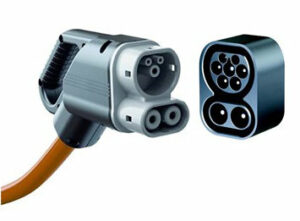
| Charging Point | Max. Power | Avg. Power | Time | Rate |
| CCS (50 kW DC) | 50 kW | 45 kW | 66 min | 200 km/h |
| CCS (100 kW DC) | 100 kW | 75 kW | 39 min | 330 km/h |
| CCS (150 kW DC) | 150 kW | 90 kW | 33 min | 400 km/h |
| Brand | Volvo |
| Model | XC40 Recharge Pure Electric |
| Body Style | SUV |
| Car Engine | electric |
| Motor power | 170 |
| Maximum Torque, Nm | 330 |
| Battery Energy, kWh | 70.0 |
| Power reserve (NEDC/EPA/WLTP), km | - / - / 315 |
| Level Charging (230/400/DC), hours | - / 7.15 / 0.33 |
| Electrical Acceleration, 0-100 km/h (0-62.1 mph) in sec | 7.4 |
| Top Speed, km/h | 160 |
